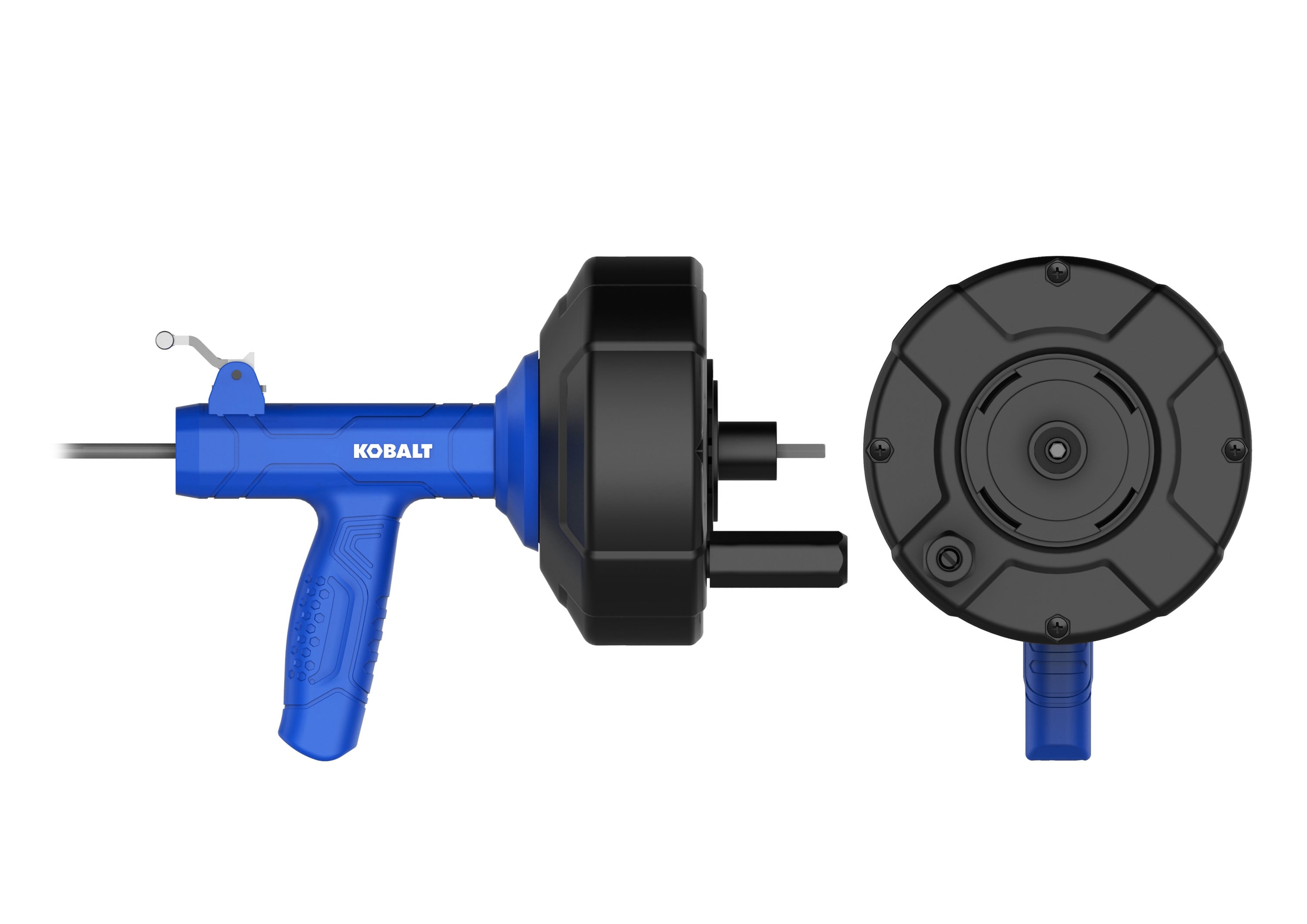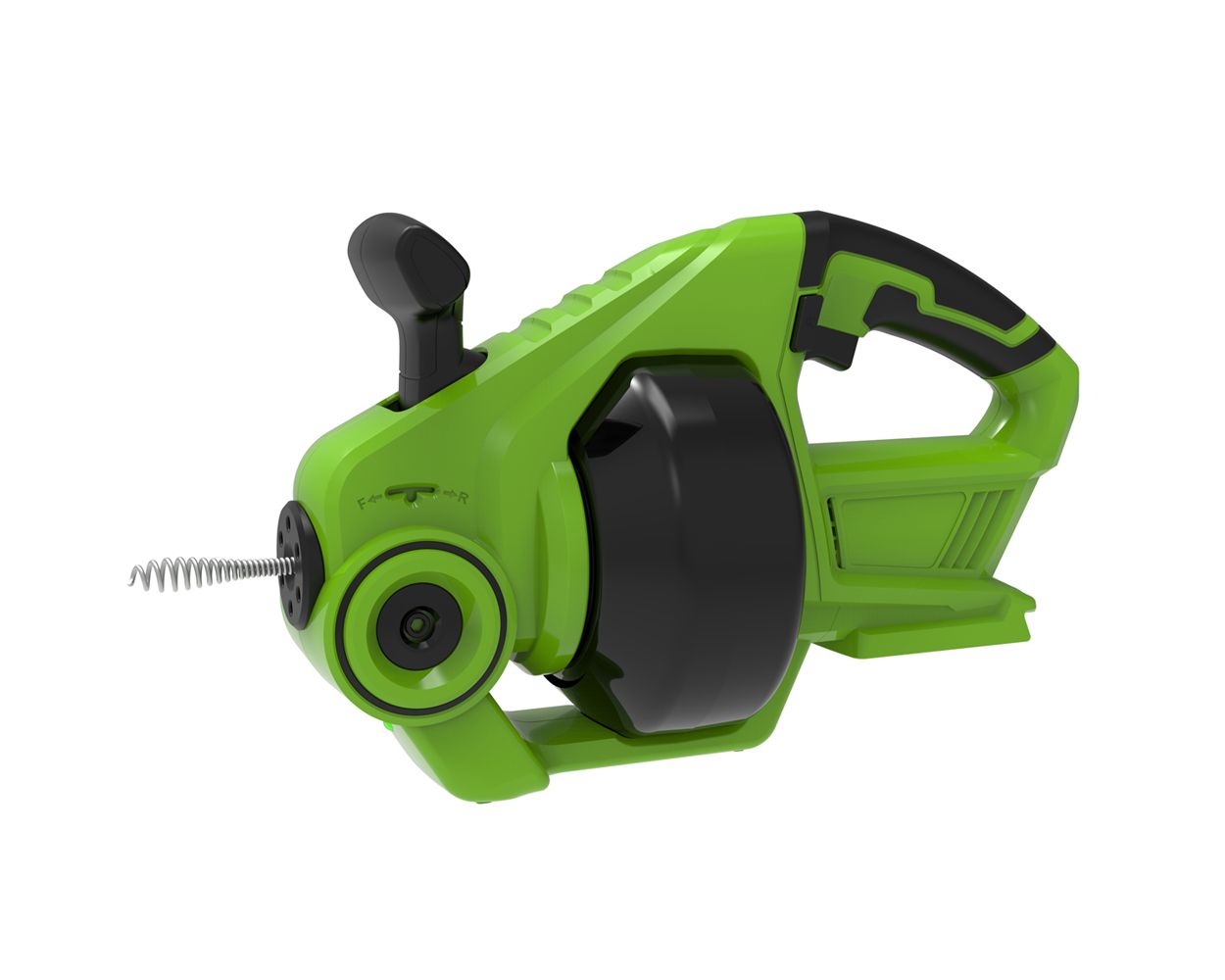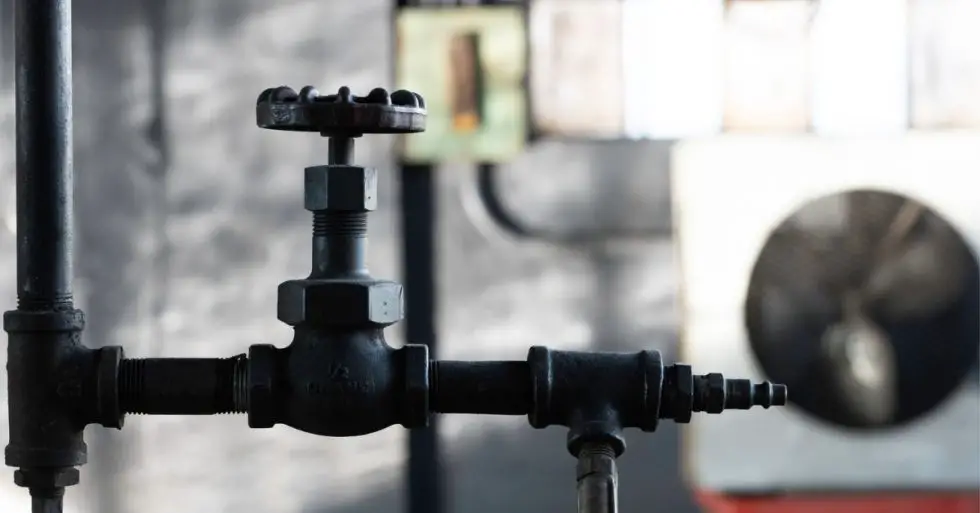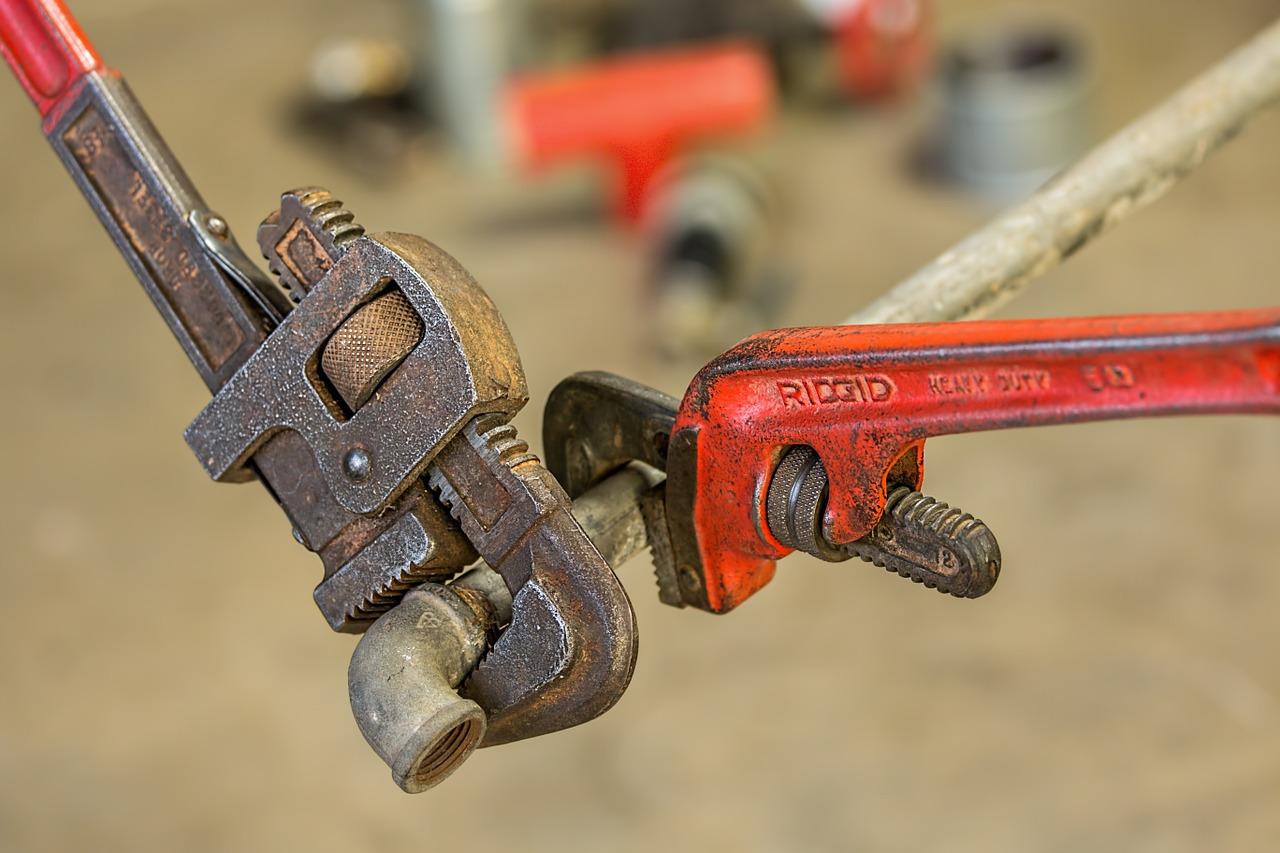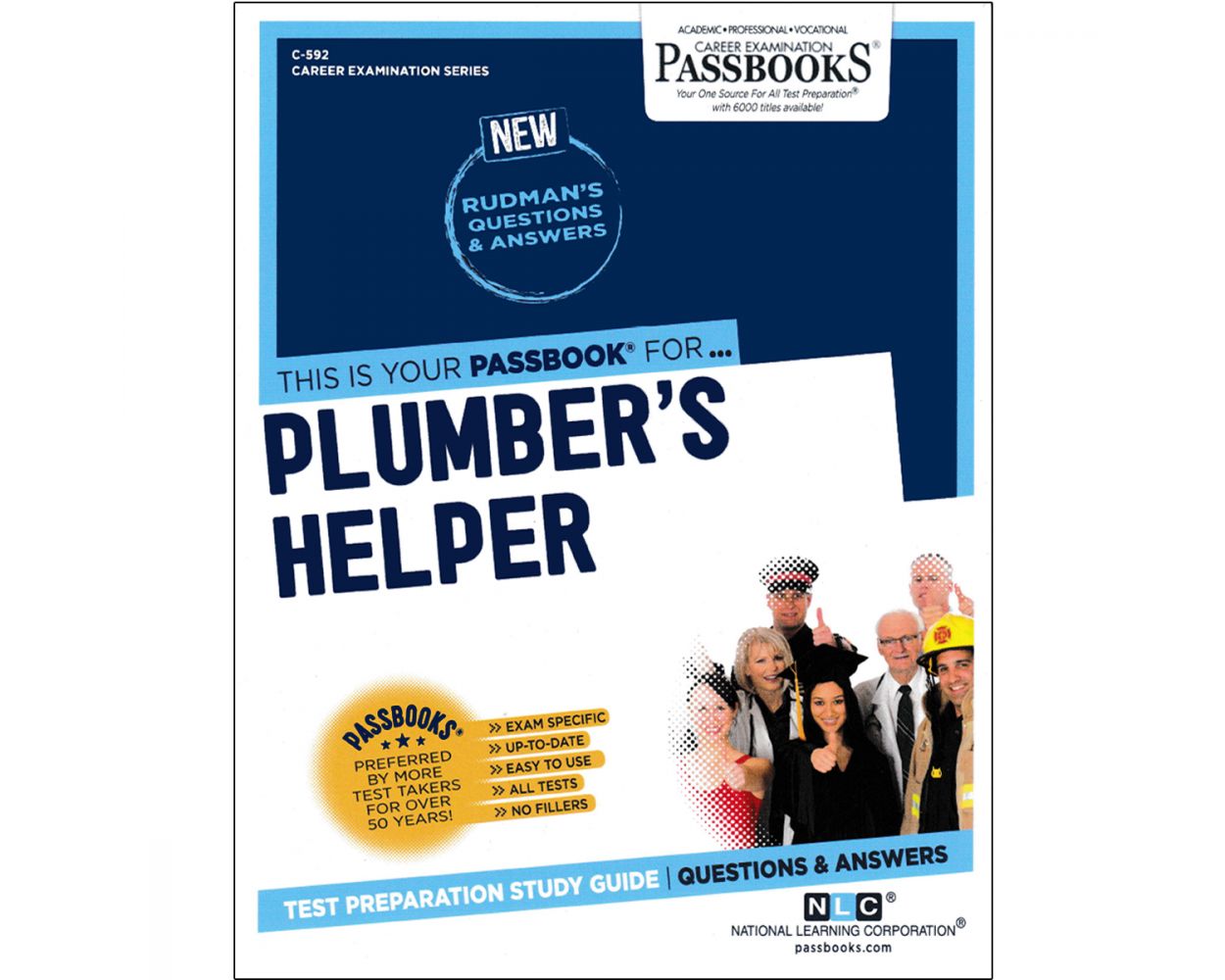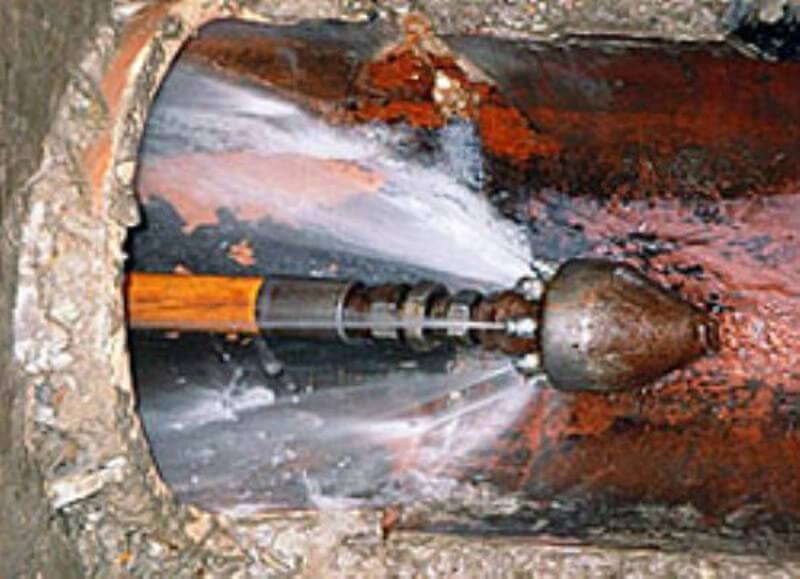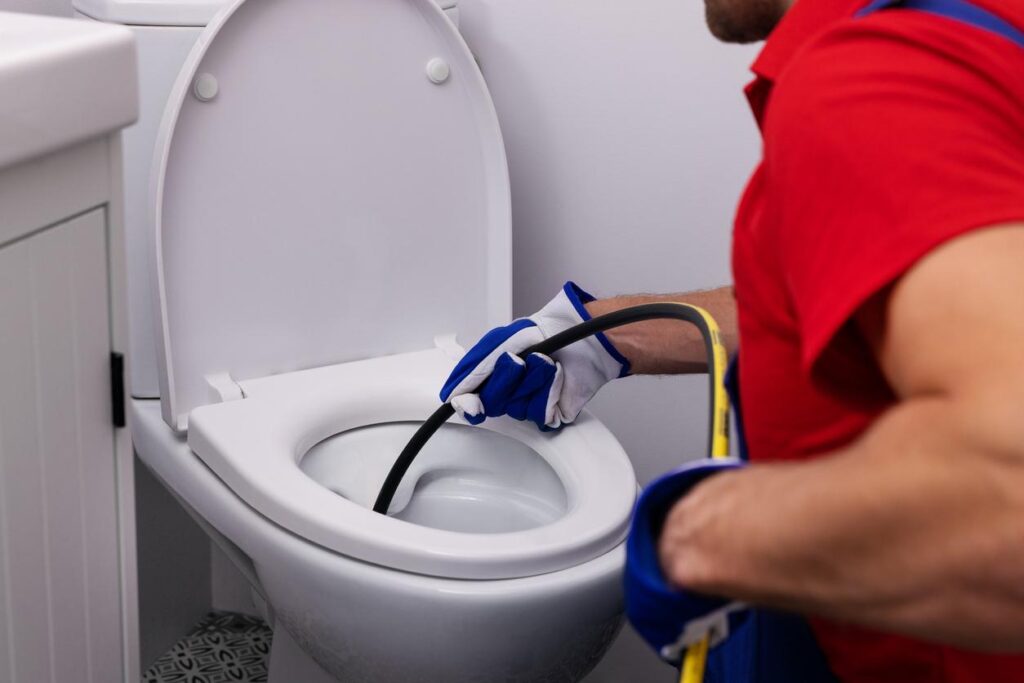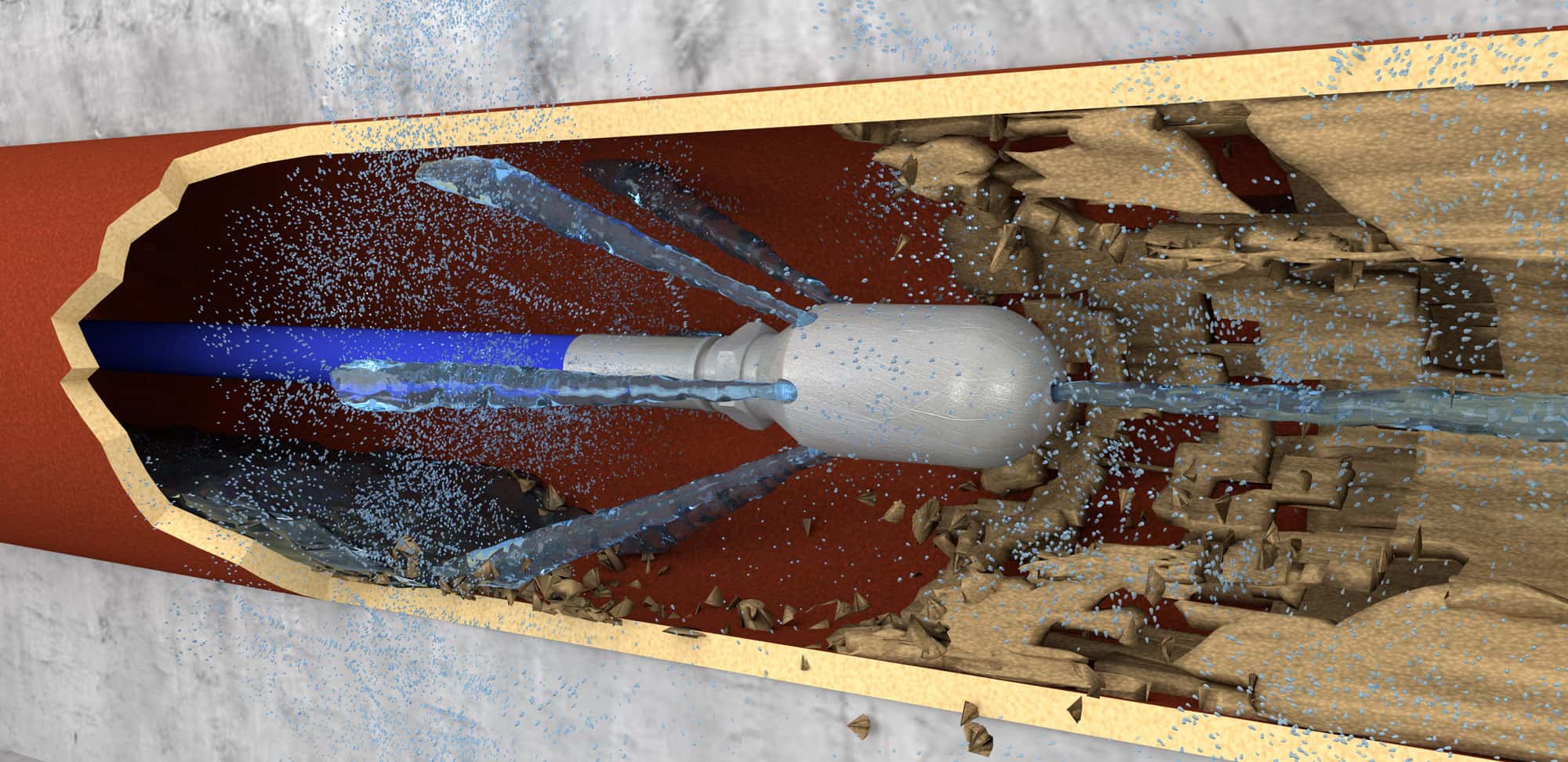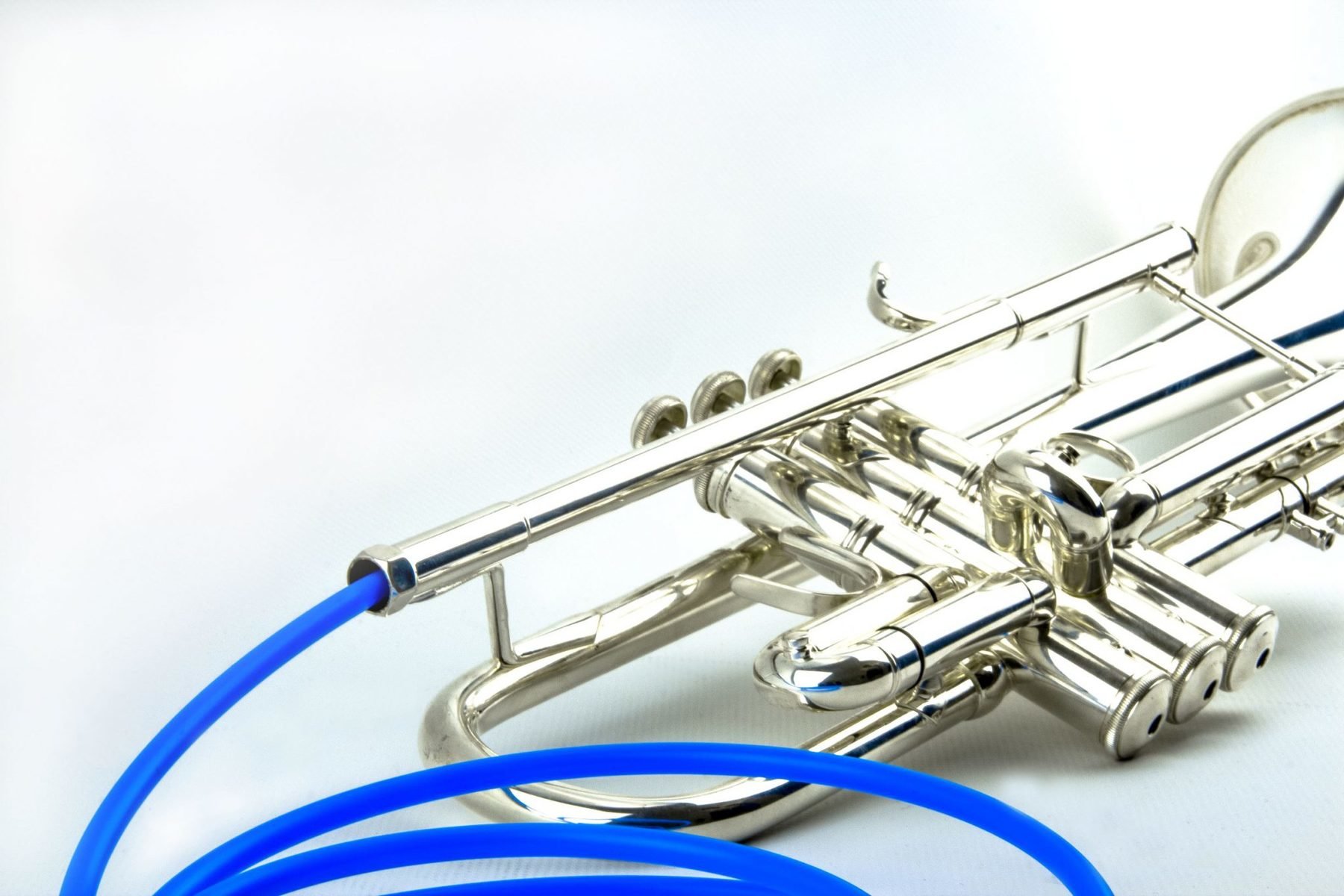One of the most common and effective methods for unclogging a kitchen sink is by using a plunger. This simple tool can create a suction to dislodge any blockages in your pipes. Start by filling your sink with enough water to cover the bottom of the plunger. Place the plunger over the drain and firmly push down, then pull up quickly. Repeat this motion several times until the clog is cleared. Pro tip: For a better seal, you can apply a layer of petroleum jelly around the rim of the plunger.1. Using a Plunger
If the plunger doesn't do the trick, you can try using a drain snake. This tool, also known as a plumbing auger, is a long, flexible wire with a corkscrew-like end that can be inserted into your pipes to break up and remove clogs. Insert the snake into the drain and turn the handle clockwise as you push it further in. When you feel resistance, continue turning and pushing until the snake reaches the clog. Then, use a back-and-forth motion to break up the blockage and pull it out. Pro tip: If you don't have a drain snake, you can make your own by straightening out a wire hanger and bending one end into a small hook.2. Using a Drain Snake
For a more natural and chemical-free approach, you can use a combination of baking soda and vinegar to unclog your kitchen sink. This method works by creating a chemical reaction that can dissolve and break down any organic materials causing the blockage. Start by pouring a cup of baking soda down the drain, followed by a cup of white vinegar. Let the mixture sit for 10-15 minutes, then pour a pot of hot water down the drain to flush out the clog. Pro tip: This method is great for regular maintenance to prevent future clogs.3. Using Baking Soda and Vinegar
If you have a grease or soap buildup in your pipes, pouring boiling water down the drain can help break it up and clear the clog. Boil a pot of water and slowly pour it down the drain in 2-3 stages, allowing the hot water to work for a few seconds in between each pour. Pro tip: Be careful not to burn yourself when handling boiling water.4. Using Boiling Water
If you have a wet/dry vacuum, you can use it to suck out any stubborn clogs in your kitchen sink. Set the vacuum to wet mode and cover the vent with a cloth to create a seal. Place the end of the hose over the drain and turn on the vacuum to suck out the blockage. Pro tip: This method is best for solid objects that are causing the clog, such as food scraps or small objects.5. Using a Wet/Dry Vacuum
A plumbing snake, also known as a plumber's auger, is a longer and more heavy-duty version of a drain snake. This tool can be used for tougher clogs that the regular drain snake can't handle. Insert the snake into the drain and use the handle to turn and push it deeper into the pipes. When you reach the clog, use a back-and-forth motion to break it up and remove it. Pro tip: You can rent a plumbing snake from your local hardware store if you don't want to purchase one.6. Using a Plumbing Snake
A plumber's snake, also known as a toilet auger, is a specialized tool used for unclogging toilets. However, it can also be used for kitchen sinks with tough clogs. Insert the snake into the drain and turn the handle to push it deeper into the pipes. When you reach the clog, use a back-and-forth motion to break it up and remove it. Pro tip: This method is best for clogs that are located further down the pipes.7. Using a Plumber's Snake
A drain auger, also known as a drum auger, is a motorized version of a plumbing snake. This tool can be more efficient for tough clogs and is best used by a professional plumber. The auger is inserted into the drain and the motor is turned on to rotate the cable and break up the clog. The cable can be extended to reach deeper into the pipes and remove any obstructions. Pro tip: If you're not familiar with using a drain auger, it's best to leave it to the professionals to avoid causing damage to your pipes.8. Using a Drain Auger
A plumber's helper, also known as a plunger or force cup, is a smaller version of a plunger that can be used for specific areas of your sink, such as the garbage disposal or second drain. Place the helper over the drain and push down, then pull up quickly to create a suction. Repeat this motion several times until the clog is cleared. Pro tip: You can also use a plumber's helper to clear clogs in your bathtub or shower drain.9. Using a Plumber's Helper
For deep and stubborn clogs, a hydro jet can be used to blast high-pressure water through your pipes and clear any obstructions. This method is best left to professional plumbers as it requires special equipment and training. The hydro jet uses a specialized nozzle to spray water at a high pressure, breaking up and removing any clogs in its path. It can also clean the inside of your pipes, preventing future clogs. Pro tip: This method is not recommended for older pipes as it can potentially damage them. In conclusion, there are many different methods to unclog a kitchen sink with air. Depending on the severity of the clog and the tools you have available, you can choose the best method for your situation. If none of these methods work, it's best to call a professional plumber to avoid causing damage to your pipes.10. Using a Hydro Jet
Why Choose Air to Unclog Your Kitchen Sink?
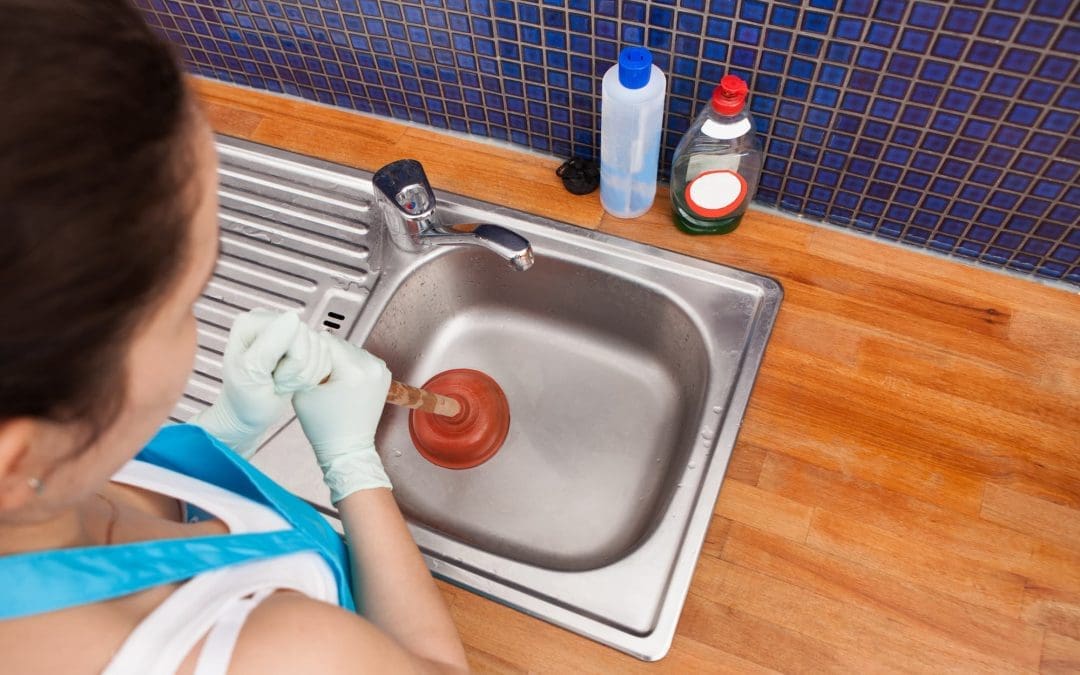
Efficiency and Effectiveness
 One of the main reasons to consider using air to unclog your kitchen sink is its efficiency and effectiveness. Unlike using harsh chemicals or tools that may cause damage to your pipes, air is a safe and gentle alternative that can quickly and effectively clear clogs.
Using air to unclog your kitchen sink is a natural and eco-friendly solution that won't harm the environment or your pipes.
One of the main reasons to consider using air to unclog your kitchen sink is its efficiency and effectiveness. Unlike using harsh chemicals or tools that may cause damage to your pipes, air is a safe and gentle alternative that can quickly and effectively clear clogs.
Using air to unclog your kitchen sink is a natural and eco-friendly solution that won't harm the environment or your pipes.
Easy and Cost-Effective
 Another benefit of using air to unclog your kitchen sink is that it is easy and cost-effective. Most households already have a plunger on hand, making this method easily accessible and affordable. Additionally, hiring a professional plumber to unclog your sink can be expensive, making air a more budget-friendly option.
By using air, you can save time and money while still effectively clearing your clogged kitchen sink.
Another benefit of using air to unclog your kitchen sink is that it is easy and cost-effective. Most households already have a plunger on hand, making this method easily accessible and affordable. Additionally, hiring a professional plumber to unclog your sink can be expensive, making air a more budget-friendly option.
By using air, you can save time and money while still effectively clearing your clogged kitchen sink.
Prevent Future Clogs
 Not only is using air a quick and easy solution for unclogging your kitchen sink, but it can also help prevent future clogs from occurring. When using a plunger, the force of the air can dislodge any build-up or debris that may be causing the clog.
This can help keep your pipes clear and prevent future clogs, saving you from the hassle and expense of dealing with them.
Not only is using air a quick and easy solution for unclogging your kitchen sink, but it can also help prevent future clogs from occurring. When using a plunger, the force of the air can dislodge any build-up or debris that may be causing the clog.
This can help keep your pipes clear and prevent future clogs, saving you from the hassle and expense of dealing with them.
Versatile Solution
 Air is a versatile solution that can be used to unclog various types of kitchen sink clogs. Whether the clog is caused by food scraps, grease, or soap scum, using air can effectively clear it without the need for harsh chemicals or tools.
Using air is a safe and versatile solution that can be used for both minor and major clogs, making it a reliable choice for all your kitchen sink unclogging needs.
Air is a versatile solution that can be used to unclog various types of kitchen sink clogs. Whether the clog is caused by food scraps, grease, or soap scum, using air can effectively clear it without the need for harsh chemicals or tools.
Using air is a safe and versatile solution that can be used for both minor and major clogs, making it a reliable choice for all your kitchen sink unclogging needs.
Final Thoughts
 In conclusion, using air to unclog your kitchen sink is a safe, easy, and cost-effective solution that can effectively clear clogs and prevent future ones. With its efficiency, affordability, and versatility, it's no wonder why air is becoming a popular method for unclogging kitchen sinks.
Next time you encounter a clogged kitchen sink, consider using air as your go-to solution for a quick and hassle-free fix.
In conclusion, using air to unclog your kitchen sink is a safe, easy, and cost-effective solution that can effectively clear clogs and prevent future ones. With its efficiency, affordability, and versatility, it's no wonder why air is becoming a popular method for unclogging kitchen sinks.
Next time you encounter a clogged kitchen sink, consider using air as your go-to solution for a quick and hassle-free fix.


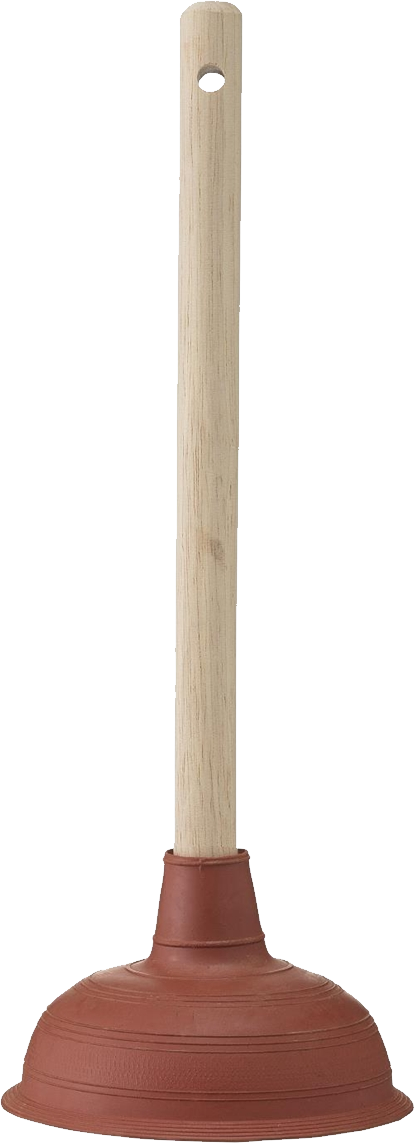





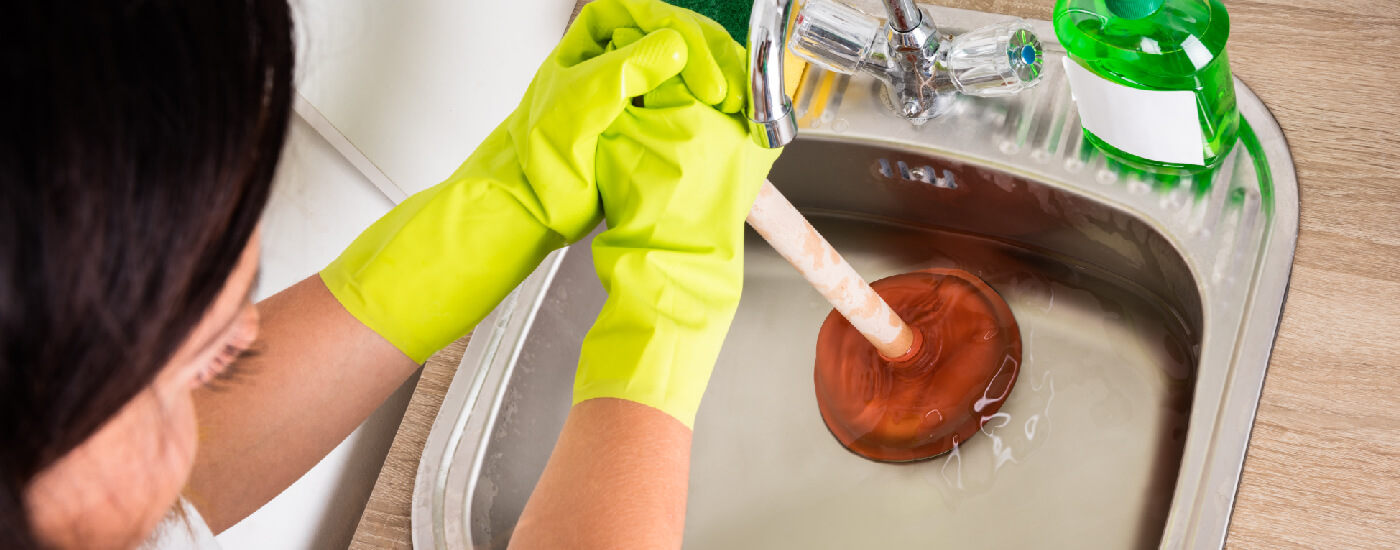


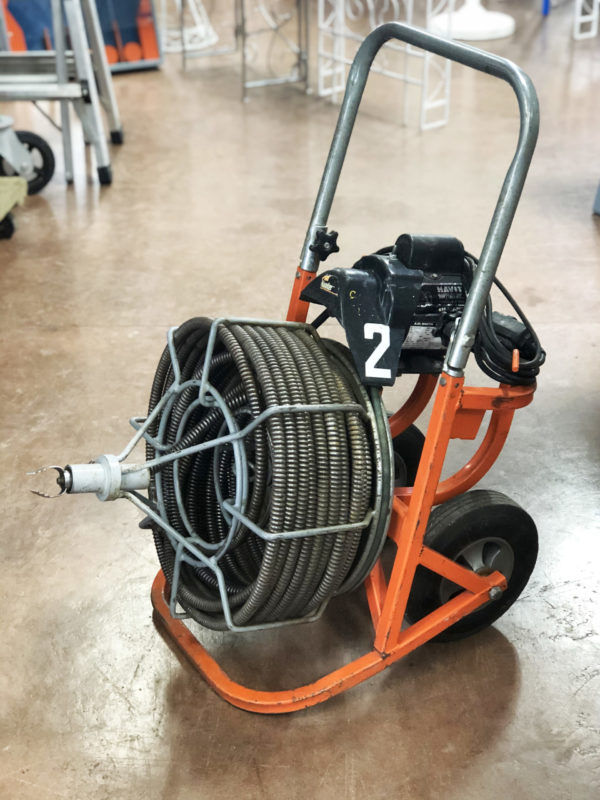



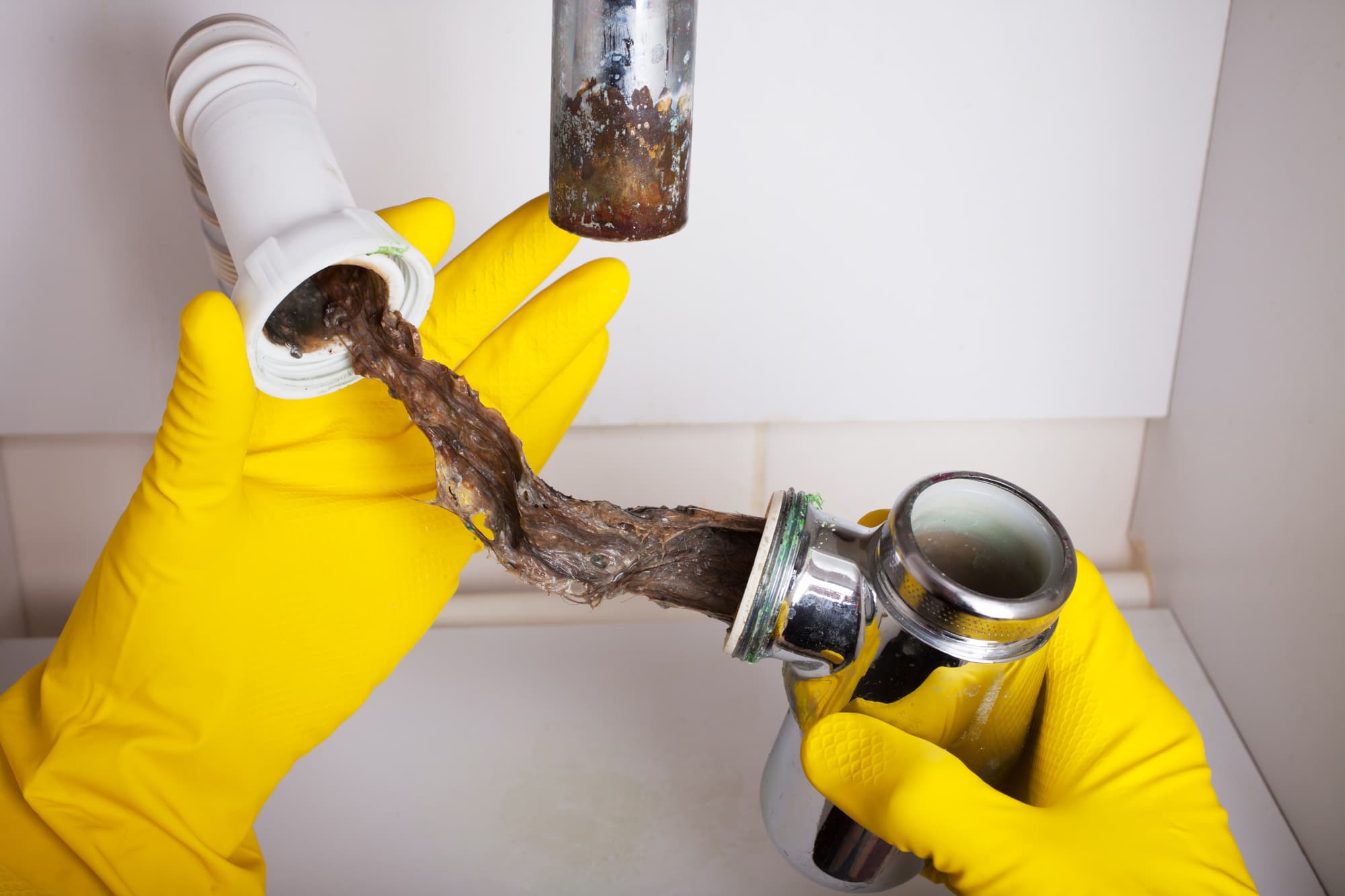

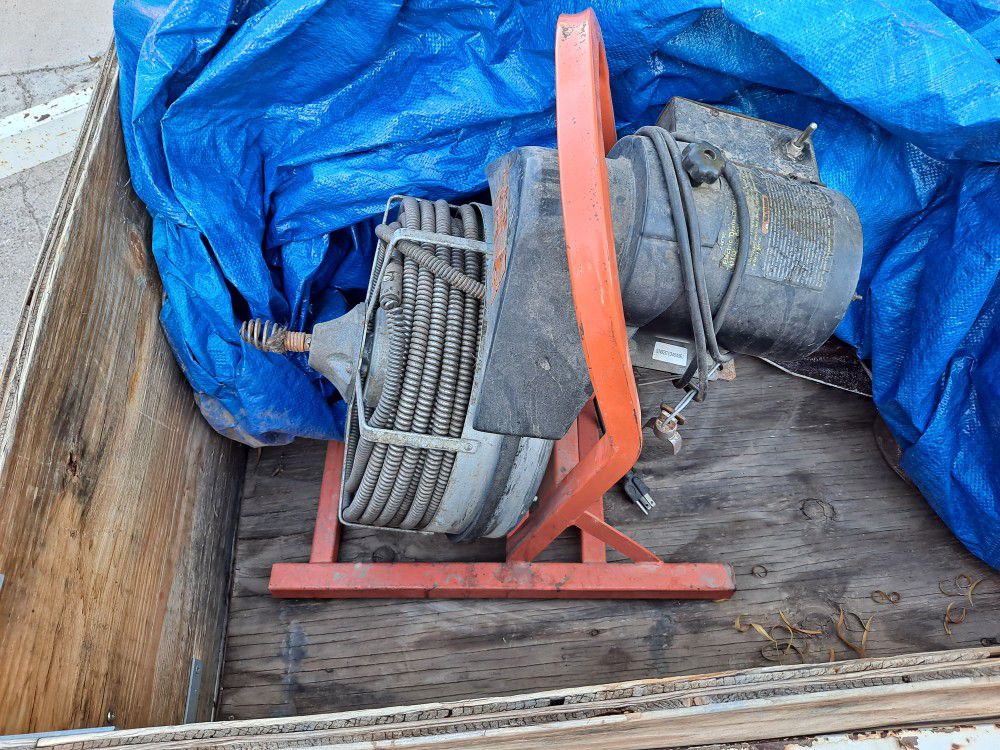




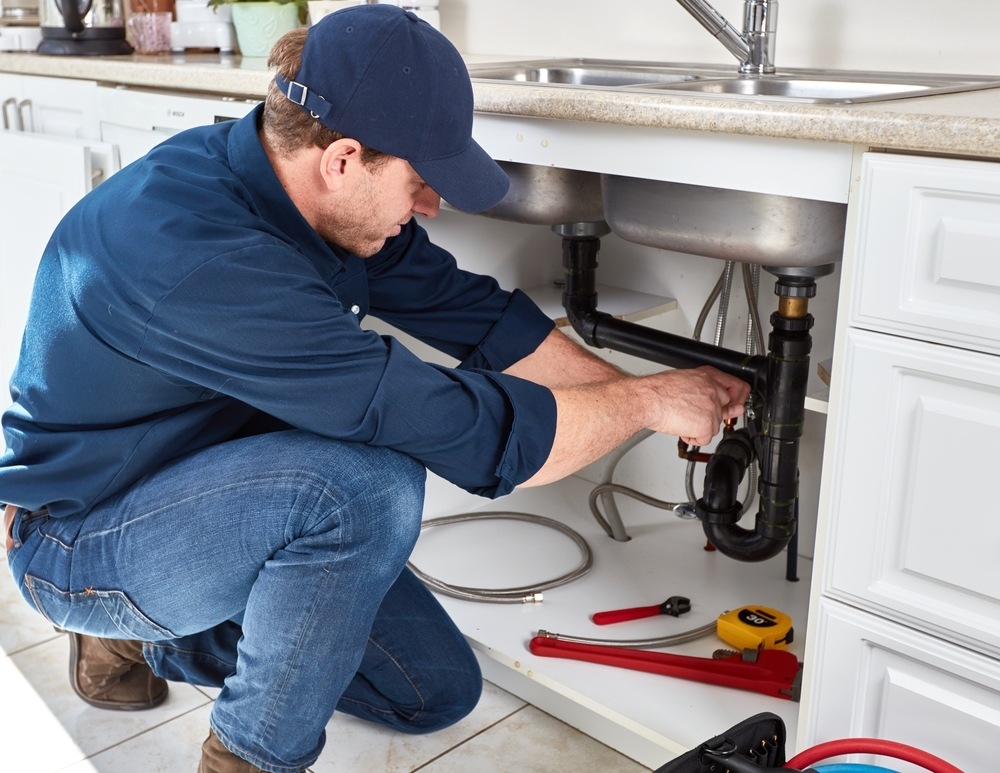
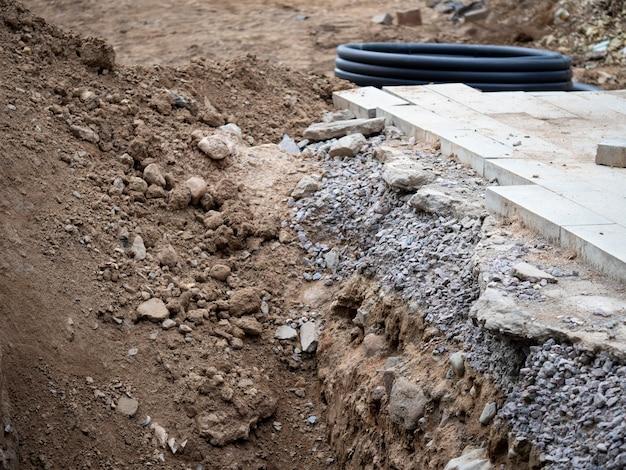

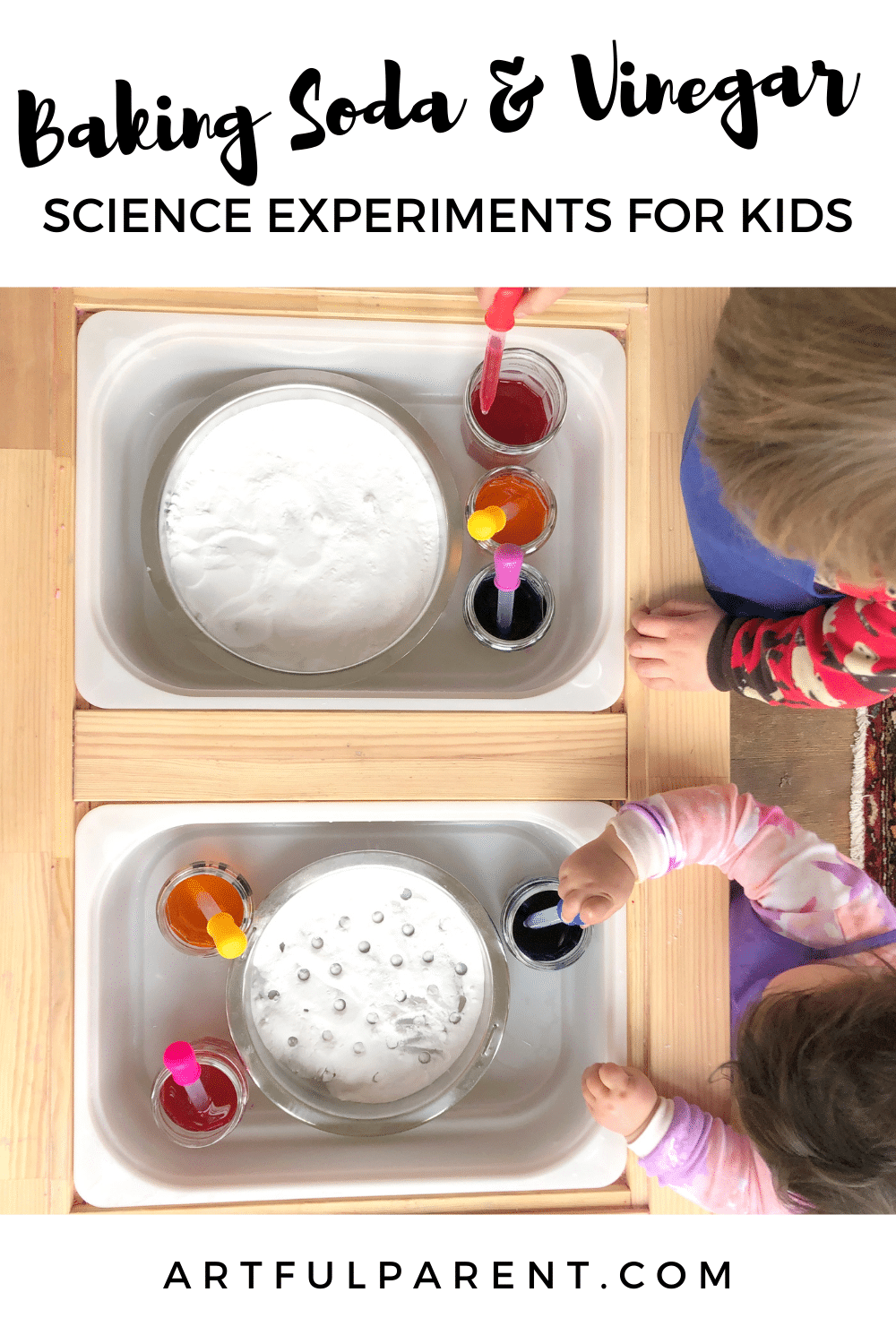




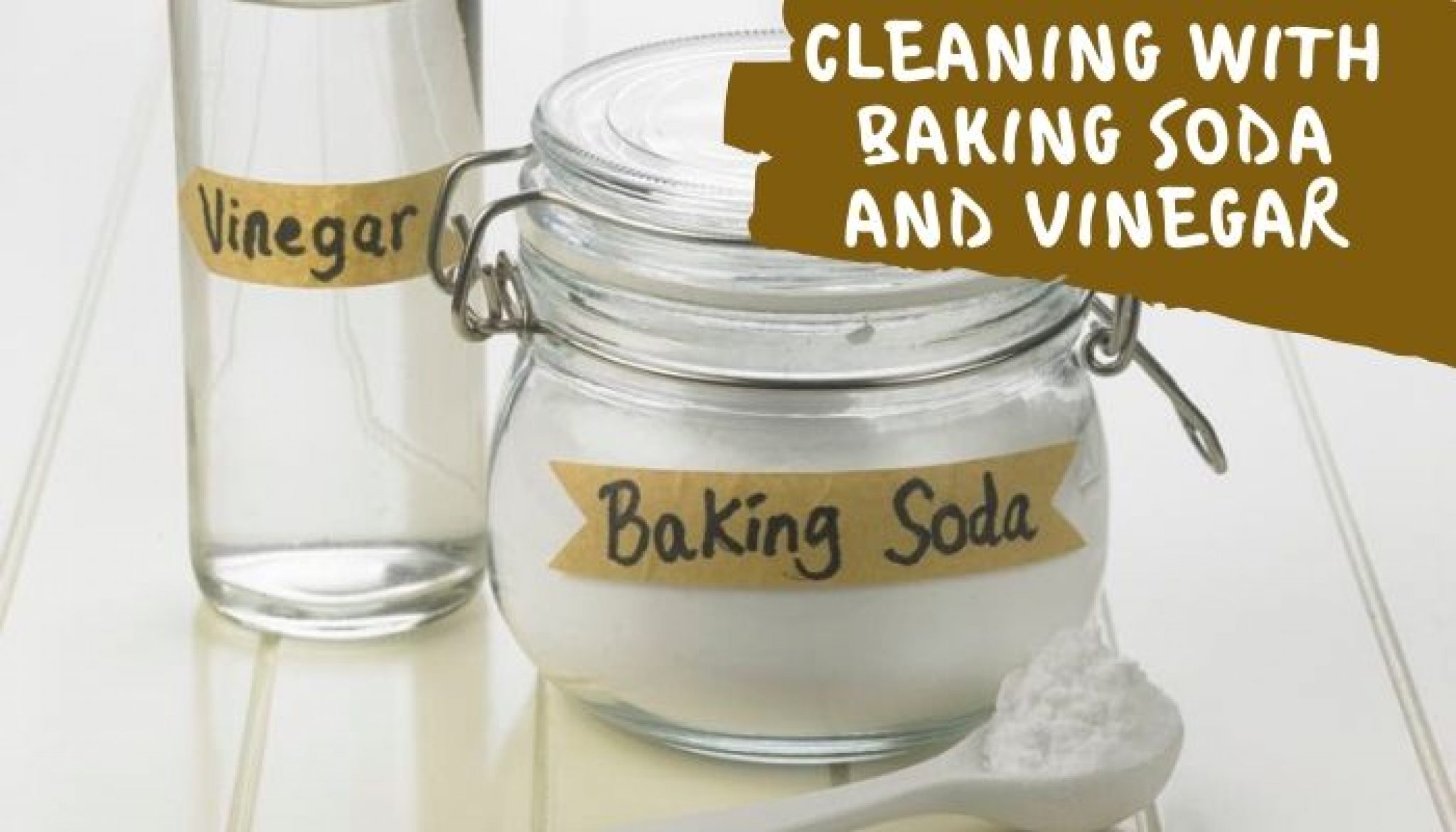



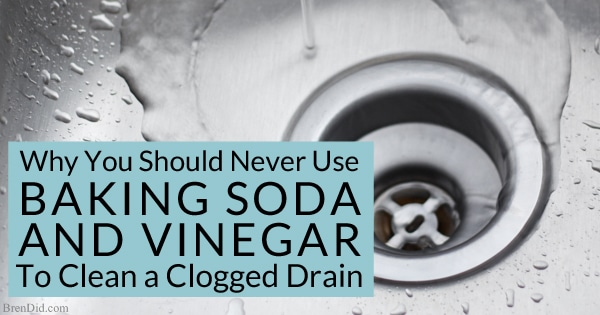

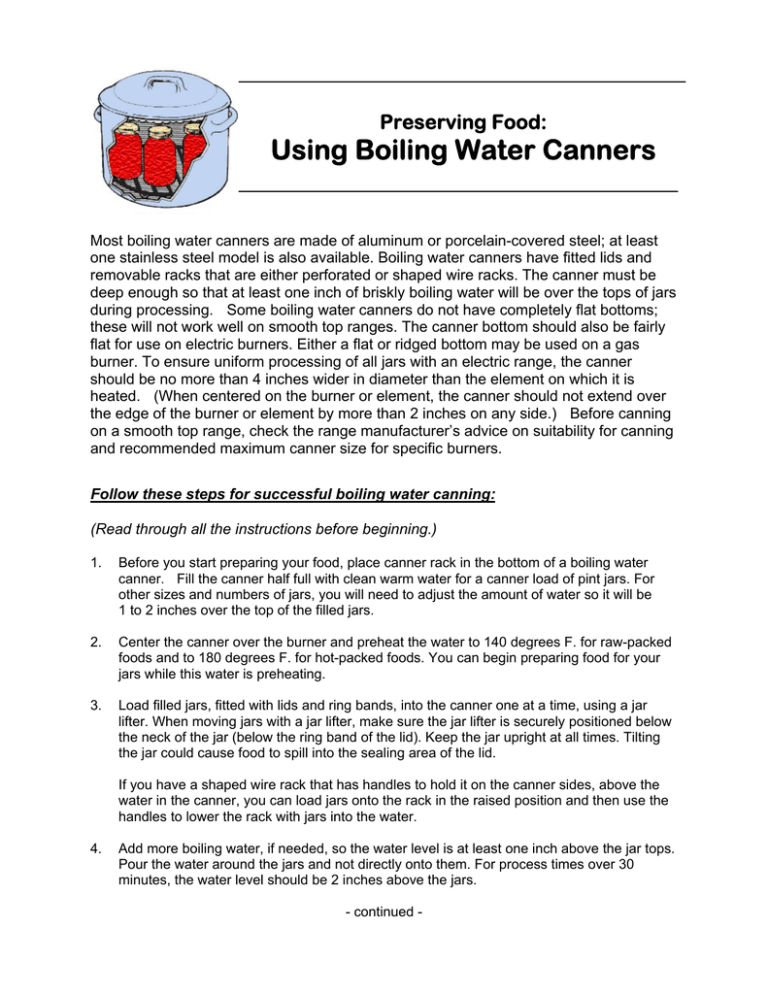
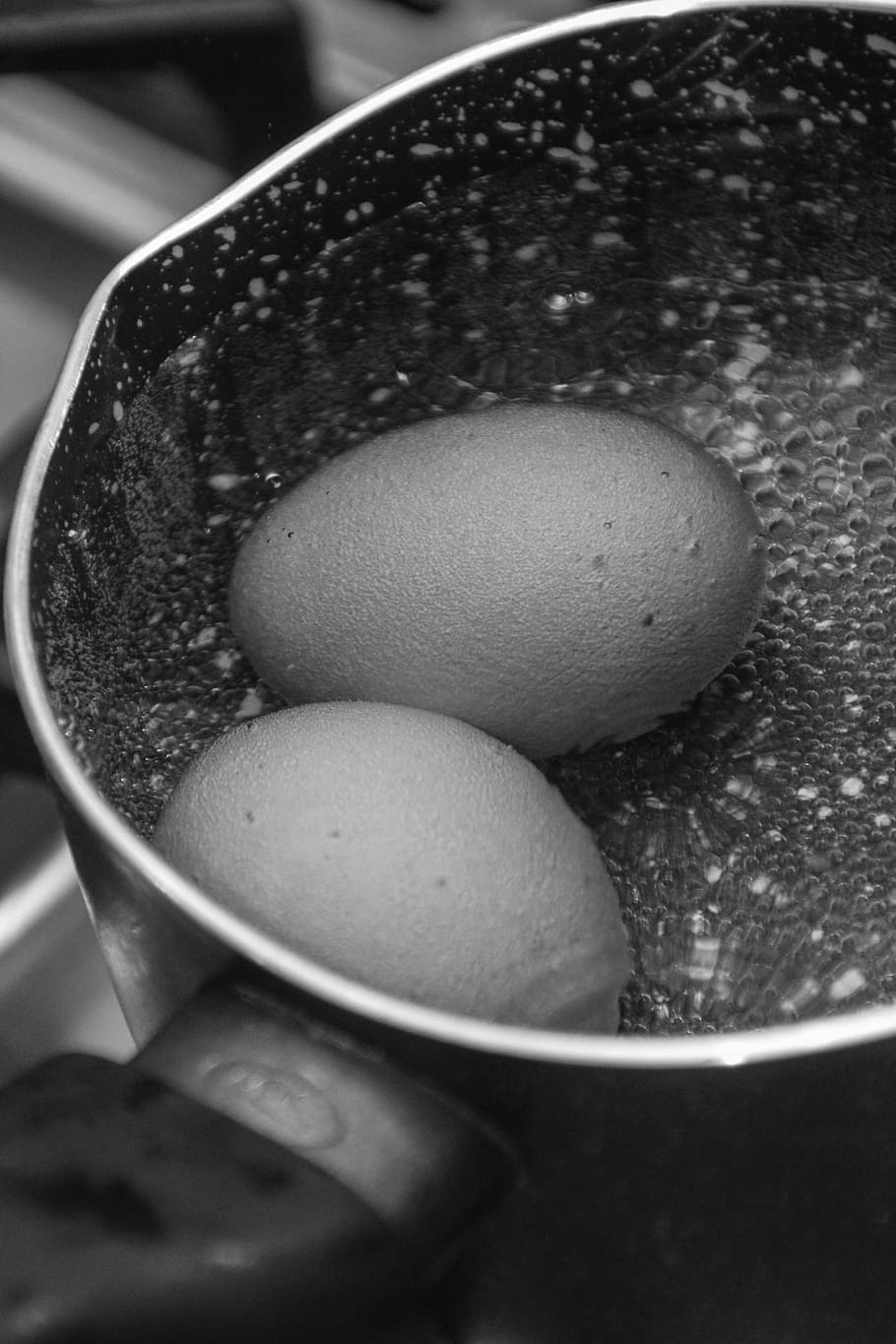

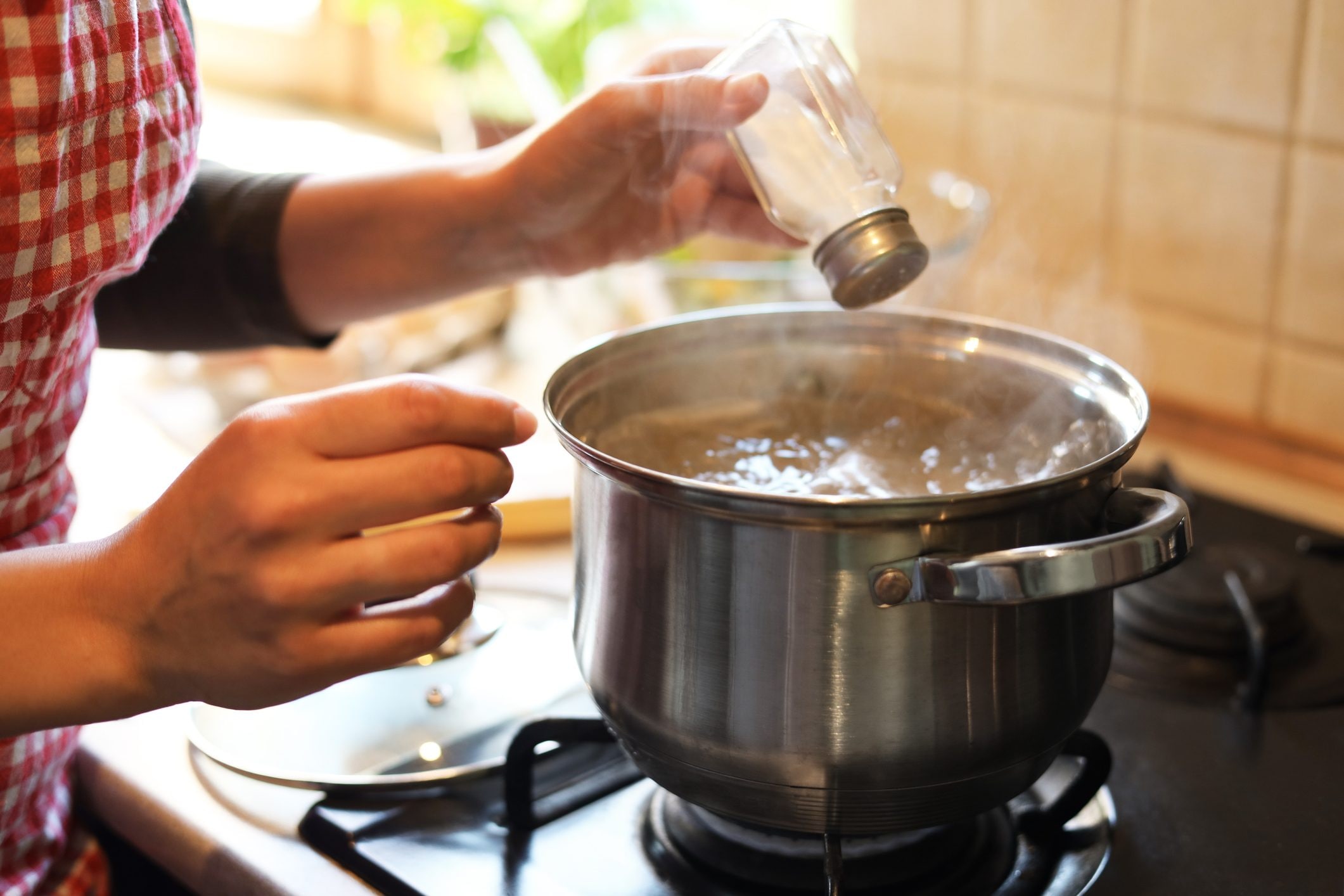
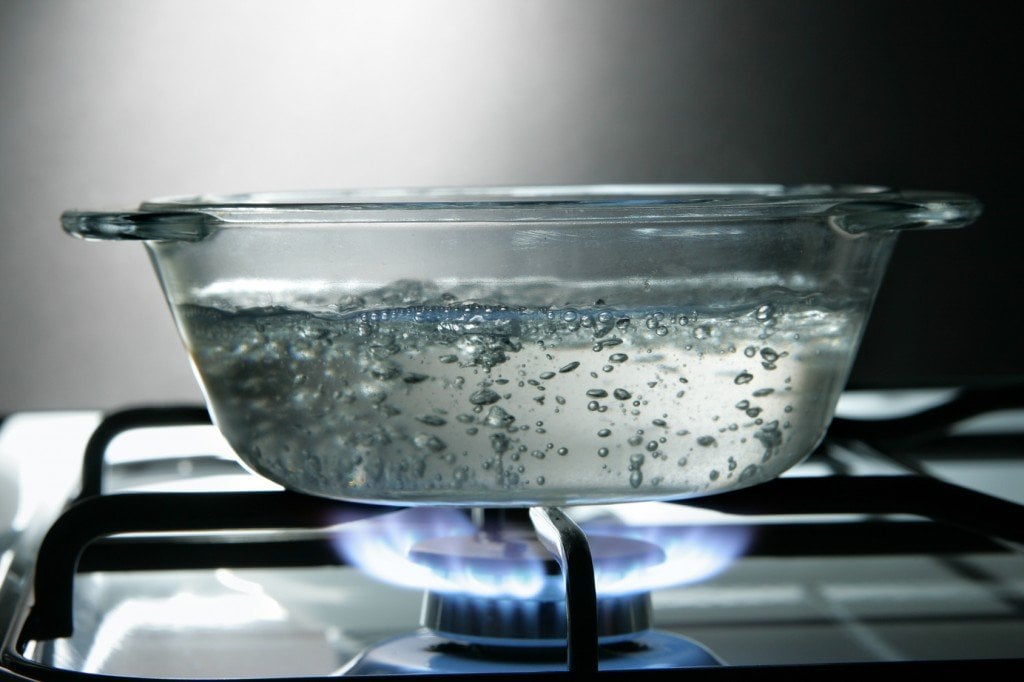
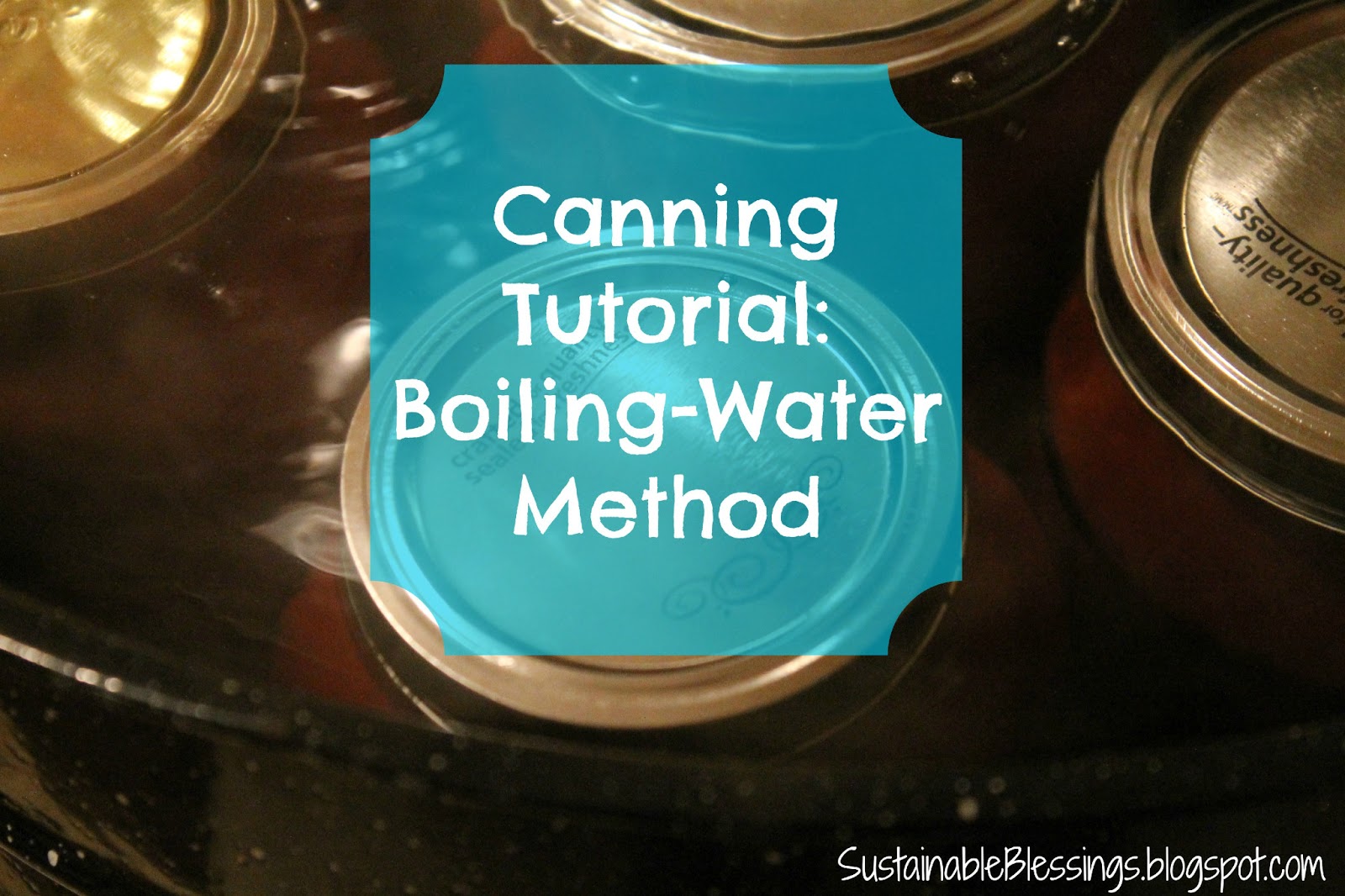


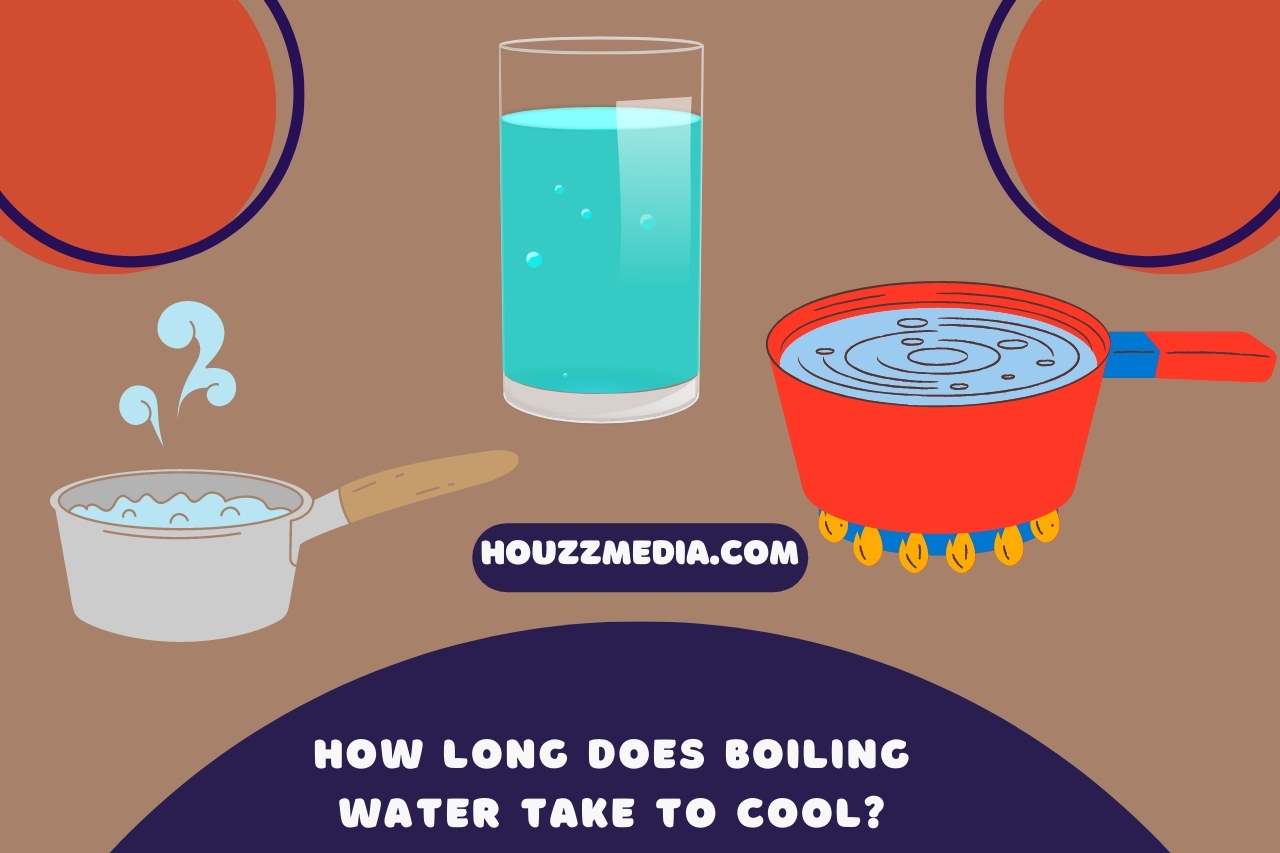

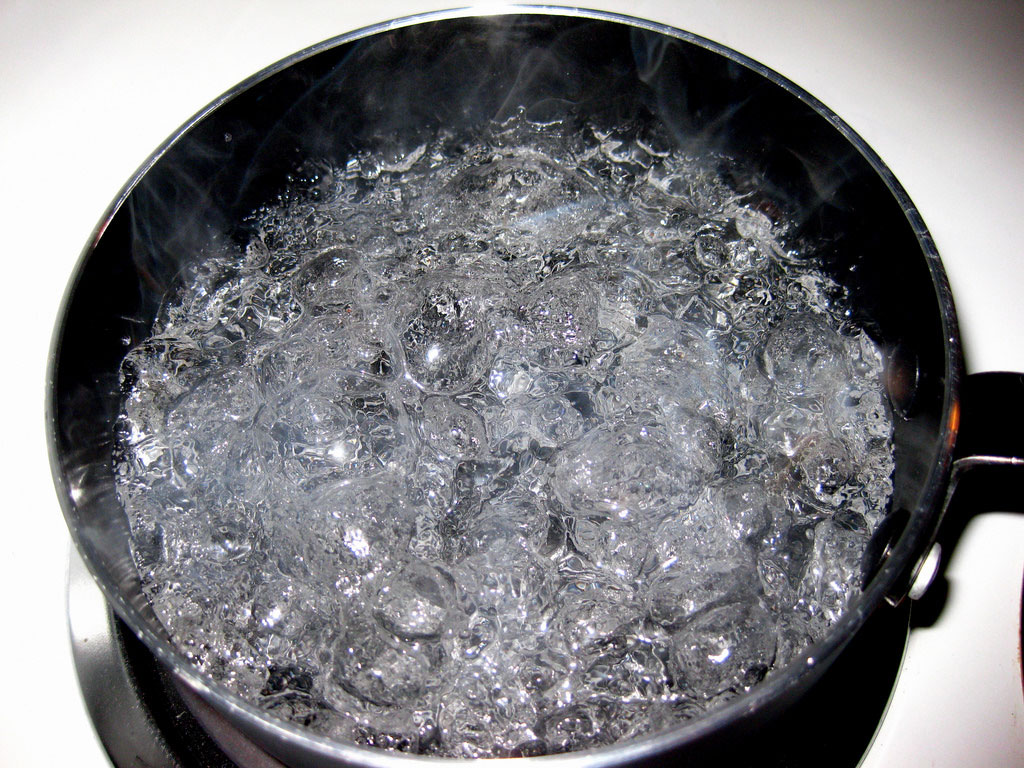




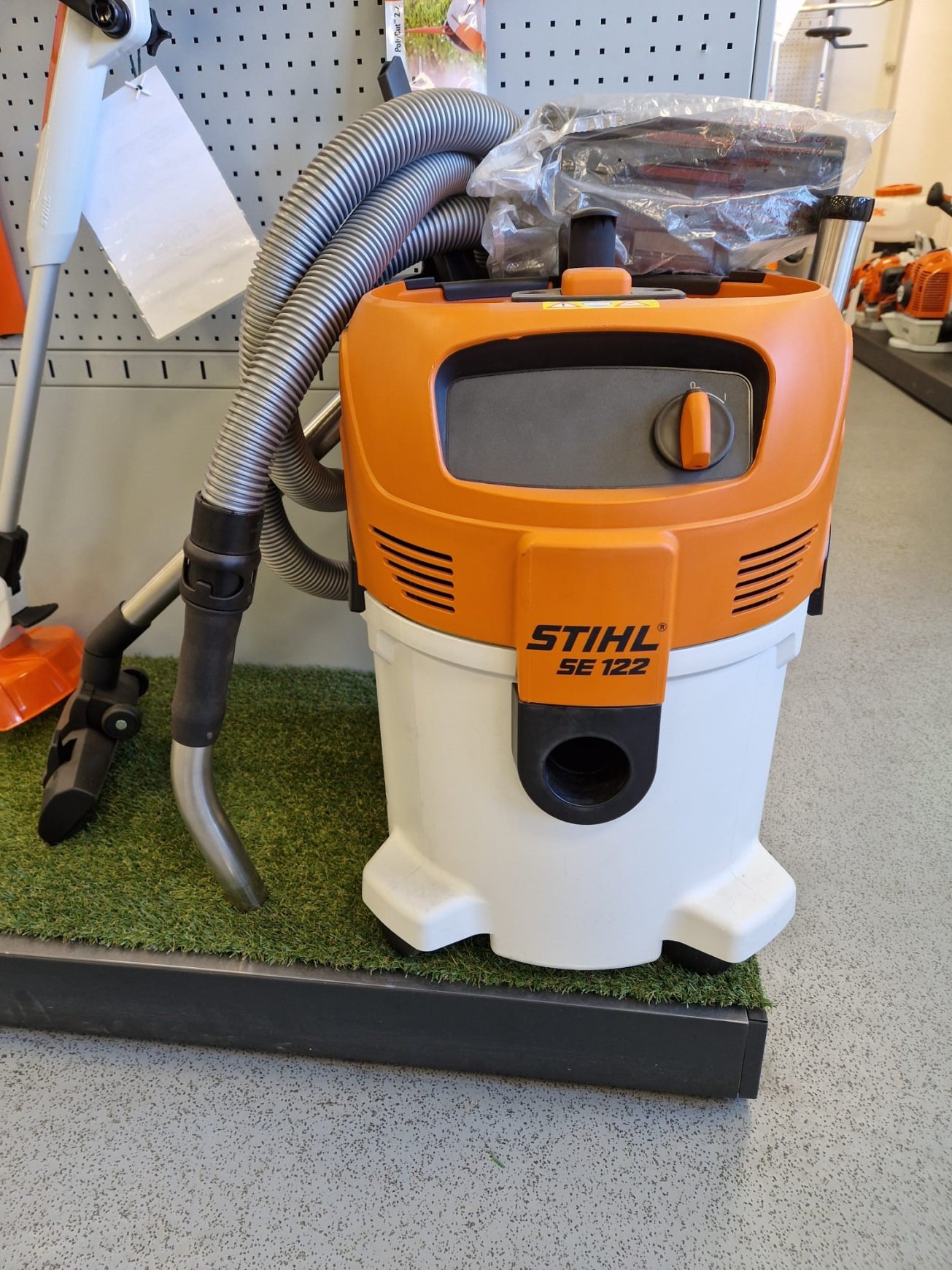








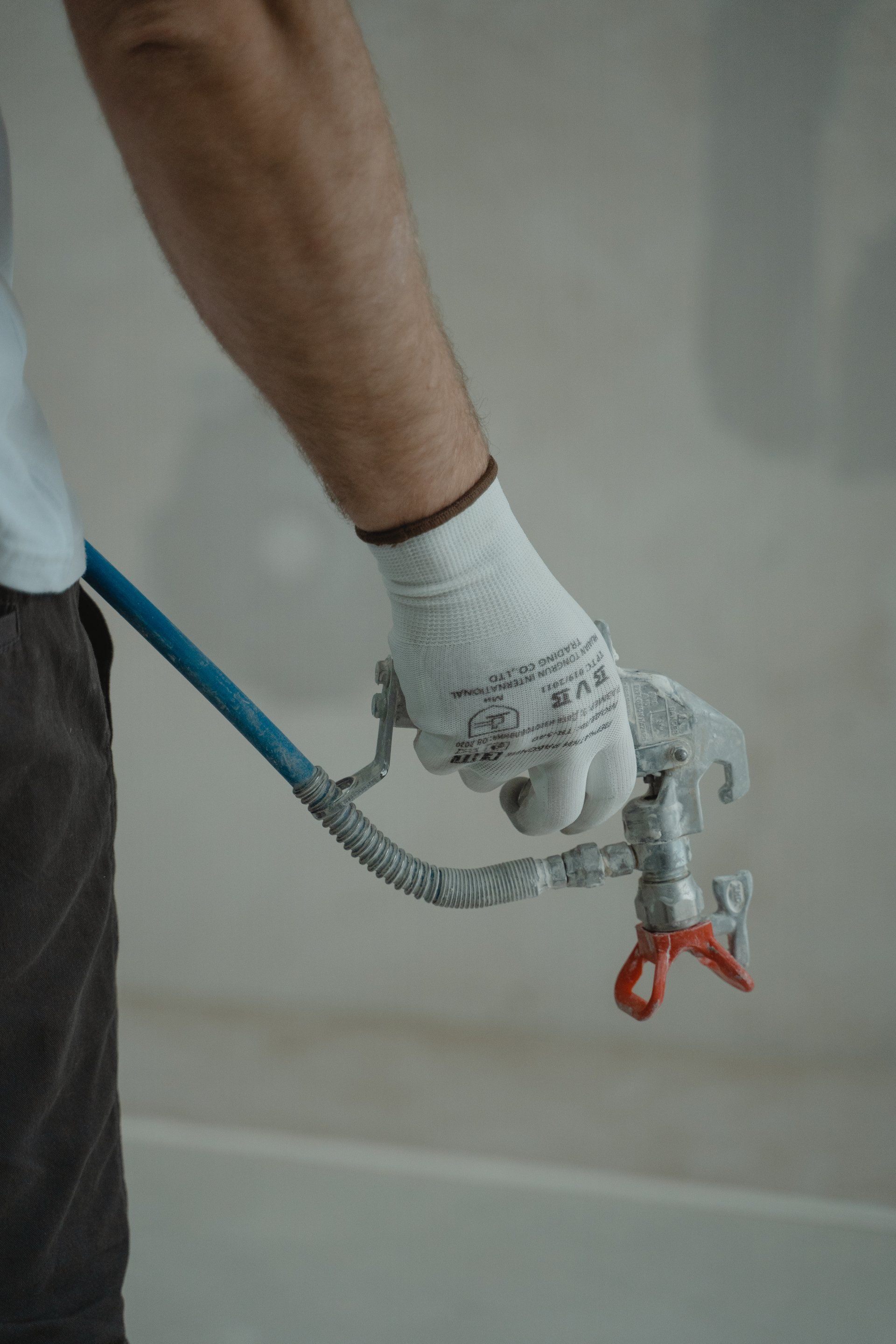




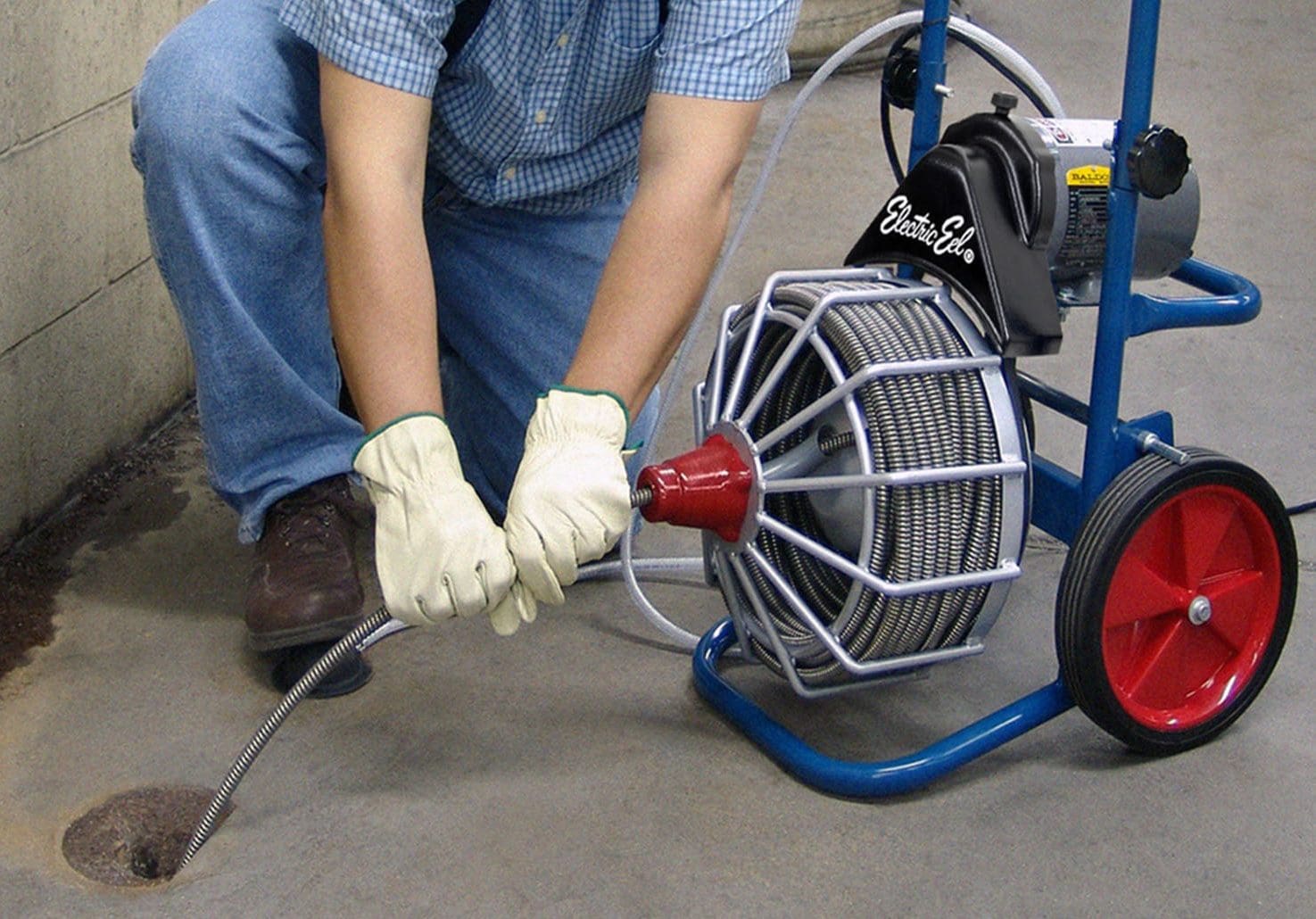

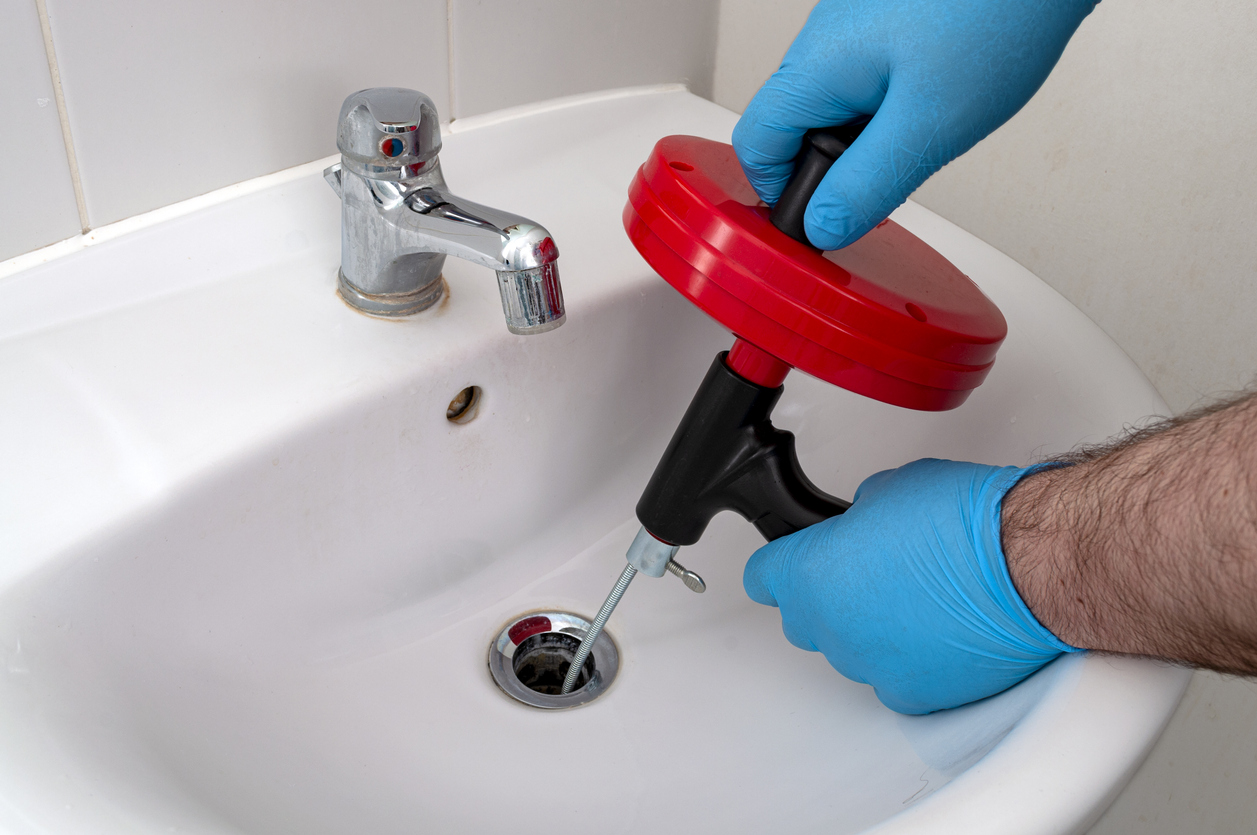

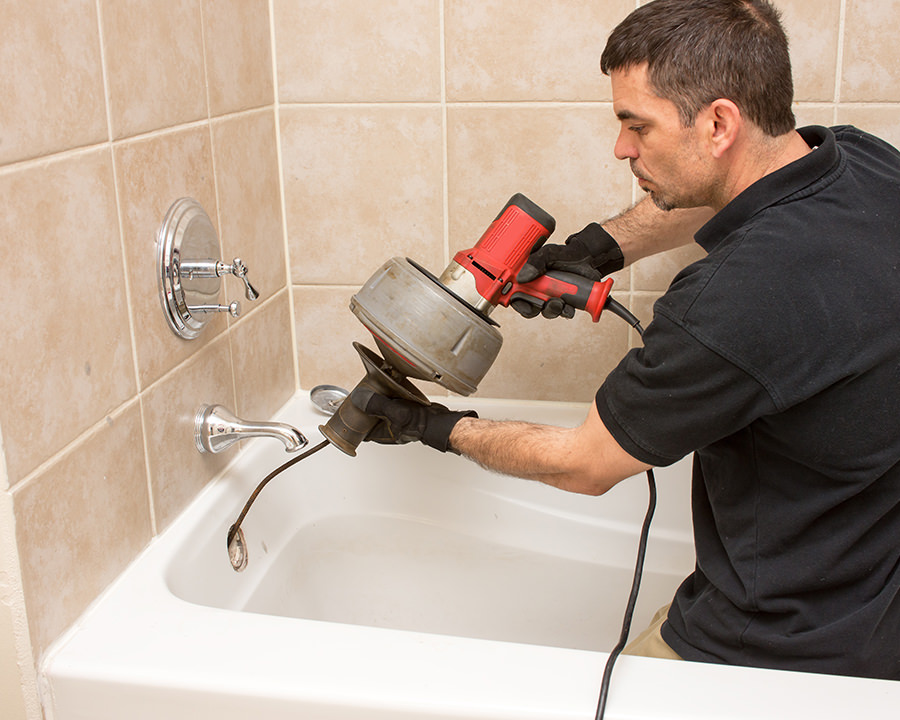




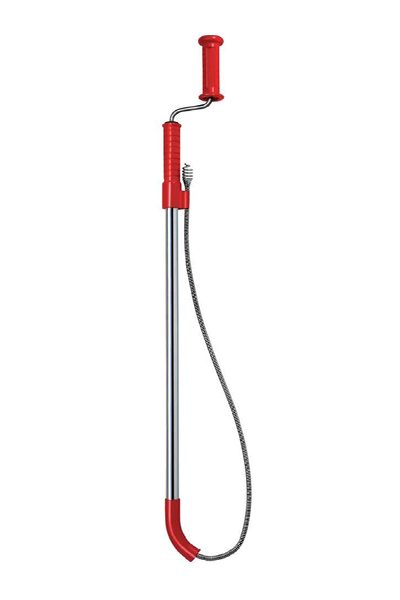






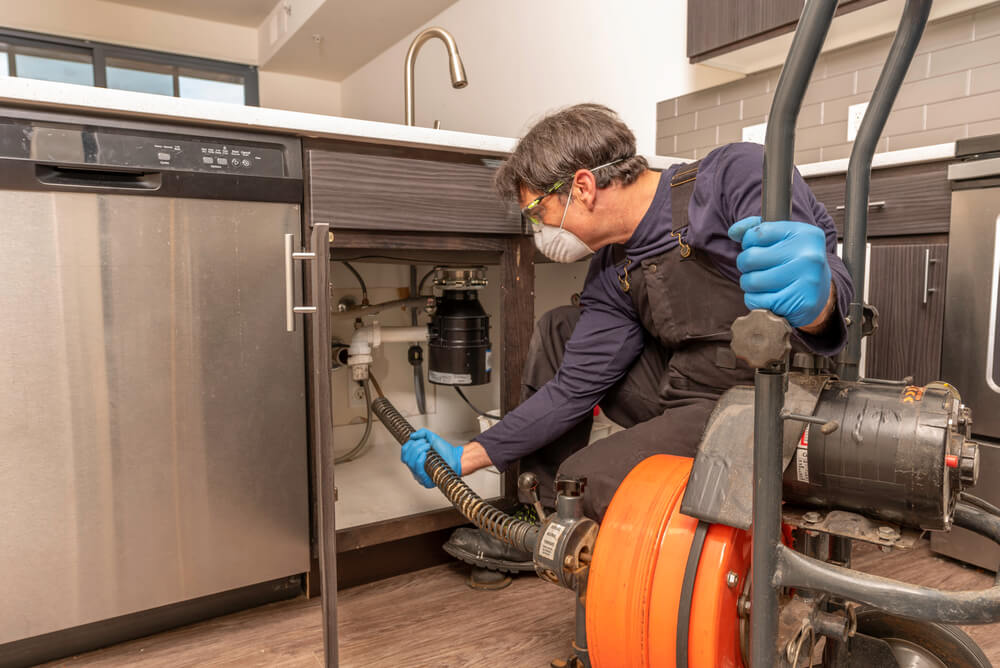





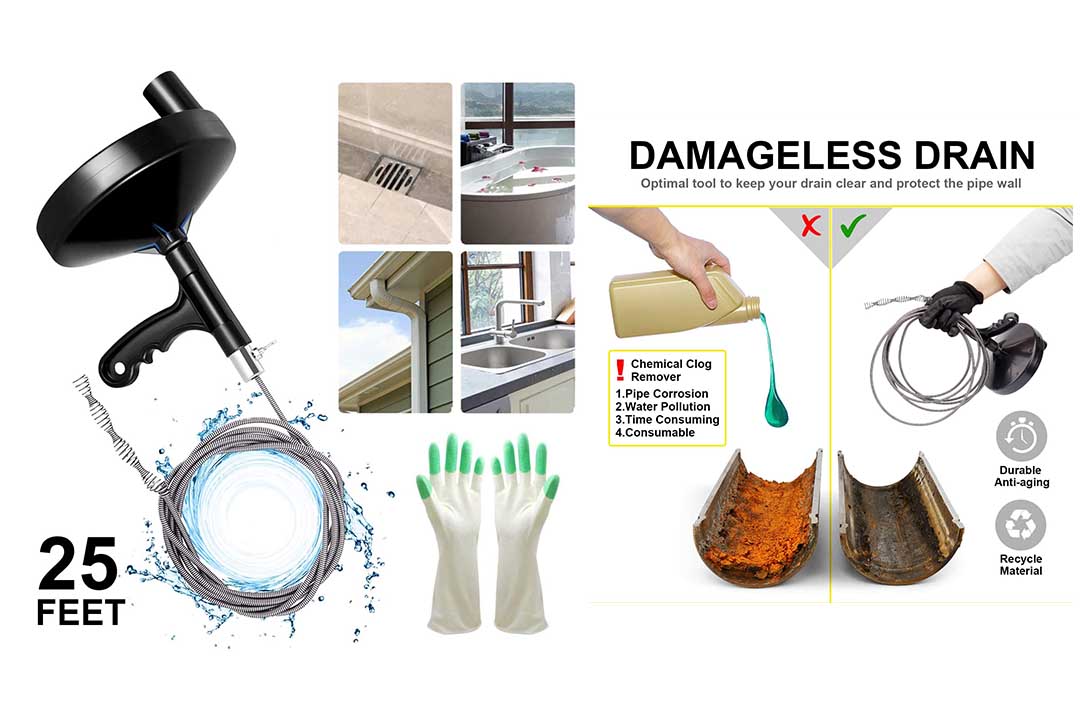
/how-to-use-a-sink-auger-1825090-hero-70d39960647643819dbb4c1f3a05e929.jpg)


